10 Unexpected Spice Pairings That Go Well with Everything
Why Bother with Unconventional Spice Combos?
Because sometimes, the same old cinnamon-cocoa combo gets boring. Why limit yourself to classic pairings when there's a whole universe of bold, complex, and surprisingly harmonious flavor combinations out there?
- Taste excitement: Surprise your taste buds without risking food poisoning.
- Culinary creativity: Impress guests by casually dropping phrases like “lemongrass and sumac” into dinner conversation.
- Flavor layering: Learn how to build depth in dishes like a pro chef (minus the pretentiousness).
Table: The Top 10 Unexpected Spice Pairings & What Goes Well With Them
| Spice 1 | Surprising Partner | Best For | Pro Tip |
|---|---|---|---|
| Cinnamon | Chili Powder | Mole sauces, spiced chocolate desserts | Add a pinch to mole for warmth and balance |
| Cumin | Lemon Zest | Roasted veggies, grain bowls | Toast cumin first, then add zest at the end |
| Smoked Paprika | Sugar (Yes, Sugar) | Dry rubs, BBQ sauces | Use brown sugar for extra caramel notes |
| Fennel Seeds | Orange Peel | Pasta sauces, citrus marinades | Grind them together for an aromatic paste |
| Coriander | Ginger | Curries, chutneys | Roast both for deeper earthiness |
| Sumac | Black Pepper | Middle Eastern mezze, salads | Sprinkle on fresh veggies before serving |
| Cardamom | Salt | Pastry fillings, savory stews | Balance sweetness in desserts, enhance savoriness in curries |
| Nutmeg | Garlic | Béchamel, gratins, meatloaf | A tiny amount can make all the difference |
| Turmeric | Honey | Glazes, dressings, turmeric lattes | Offset bitterness and enhance golden color |
| Star Anise | Coffee | Marinades, braised meats | Grind and mix into dry rubs for a deep roast flavor |
The Science Behind What Goes Well: Flavor Affinity Theory
You may have heard about flavor pairing theory—the idea that ingredients sharing volatile aroma compounds will work well together. It’s why we love peanut butter and jelly or chocolate and blue cheese.
But spices? Oh yes, they follow these rules too! Here’s what makes some of these combos so shockingly good:
- Cinnamon + Chili: Both contain warm, aromatic aldehydes. The result? A spicy-sweet hug for your palate.
- Coriander + Ginger: They share sesquiterpenes, which give off woody, earthy aromas. Perfect for grounding rich dishes.
- Sumac + Black Pepper: Citrusy acids from sumac meet the alkaloid kick of pepper—bright yet punchy.
Quick Guide: When in Doubt, Try These Flavor Hacks
If you’re feeling experimental but don’t want to ruin your dinner (again), here are a few foolproof tricks that always go well together:
- Toasted + Fresh: Toast one spice, finish with a fresh herb or zest for contrast.
- Warm + Bright: Balance smoky or nutty flavors with something zesty or acidic.
- Sweet + Heat: Like honey glaze with a dash of crushed red pepper flakes.
- Earthy + Floral: Cardamom in tomato sauce adds unexpected elegance.
- Umami + Spice: Soy sauce + five-spice powder = magic in stir-fries.
Pitfalls to Avoid When Experimenting with Spices
Let’s be real—sometimes experiments fail. Save yourself from a flavor fiasco with these tips:
- Don’t overdo it: A little goes a long way, especially with potent spices like clove or saffron.
- Know your base: Fats carry flavor—don’t skip the oil!
- Toasting matters: Not all spices benefit from being toasted. Nutmeg, for example, becomes bitter when heated.
- Don’t mix stale spices: Old spices lose potency and won’t deliver the impact you’re going for.
- Test small batches: Try new combos on a single serving before committing to the whole dish.
5 Must-Take Spice Pairing Risks This Month
If you're ready to take the plunge, try one (or all!) of these bold combos this week:
- Star Anise + Coffee Rub: Smoked pork belly never tasted this good.
- Sumac + Yogurt + Mint: Middle Eastern tzatziki with an acidic twist.
- Cinnamon + Dark Chocolate + Chili Flakes: For that “I know things now” kind of dessert.
- Fennel Seeds + Orange Zest in Pasta Sauce: Aromatic, slightly sweet, totally unique.
- Nutmeg + Garlic in Mashed Potatoes: Creamy, fragrant, and weirdly addictive.
Summary of Key Takeaways
- Flavor affinity matters: Ingredients with shared aromatic compounds often go well together.
- Think beyond the obvious: Some of the best spice pairings come from opposing profiles—sweet/heat, bright/warm, floral/earthy.
- Texture plays a role: Toasted vs. raw, ground vs. whole—how you use your spices changes everything.
- Less is more: Don’t overload your dish; let the flavors shine, not fight.
- Experiment fearlessly: Trust your nose, trust your gut, and maybe keep a fire extinguisher handy.
Conclusion
So next time you stand in front of your spice rack wondering, “What goes well with thyme?” or “Does rosemary really hate ginger?” remember this: great cooking comes from curiosity, a bit of courage, and knowing how to play with your food.
Now get out there and shake things up. Your tastiest meal might be just one spice away from perfection. And if it doesn’t work out? At least you’ll have a good story—and possibly a very confused pet who sniffed your experimental curry.
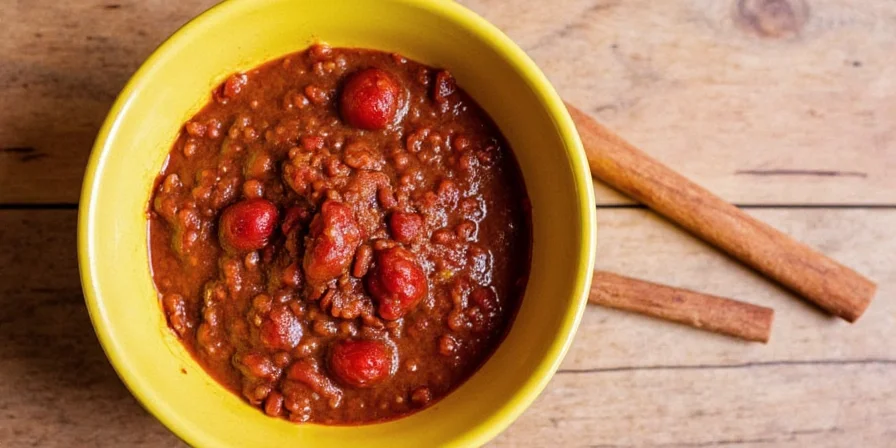
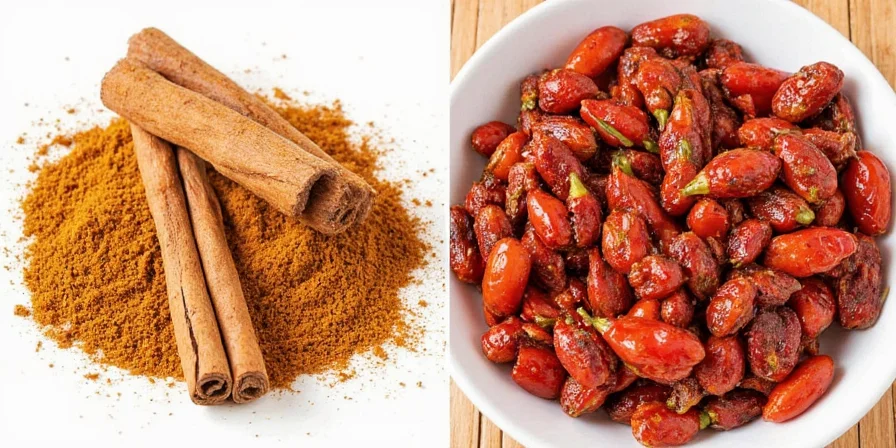
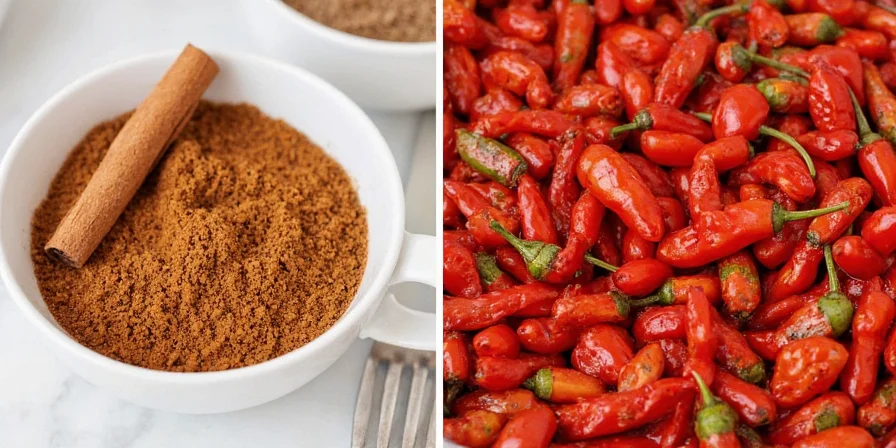
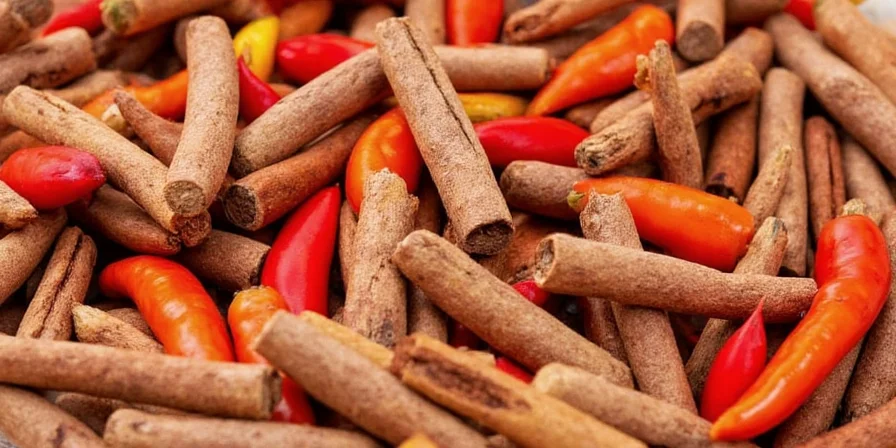
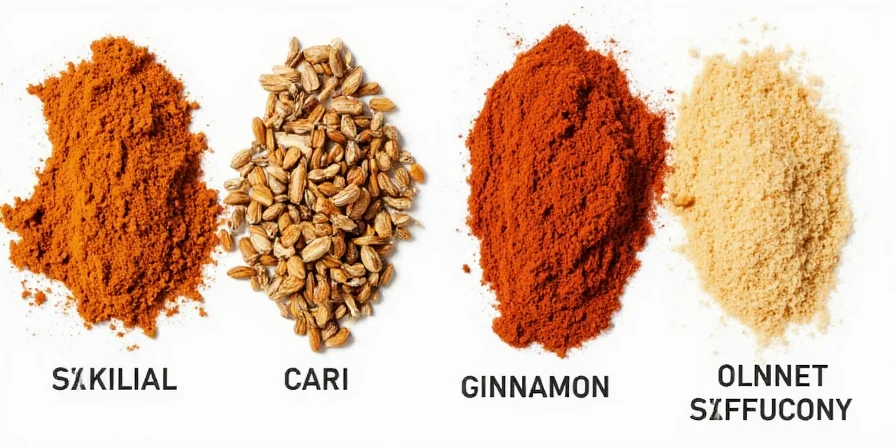

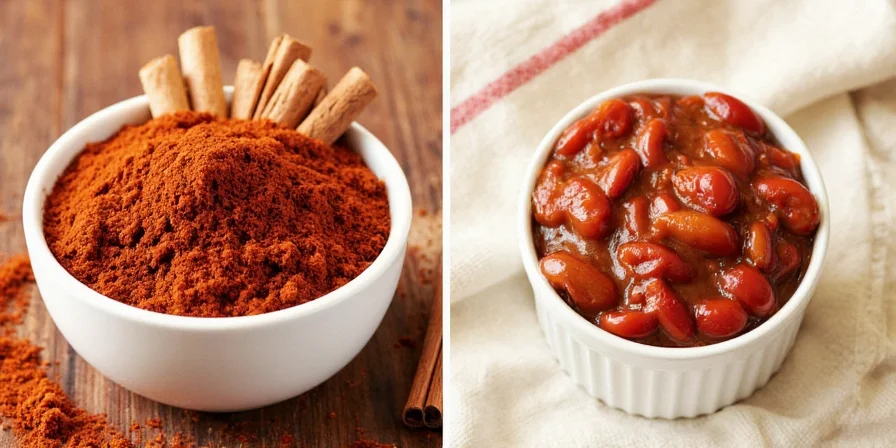









 浙公网安备
33010002000092号
浙公网安备
33010002000092号 浙B2-20120091-4
浙B2-20120091-4